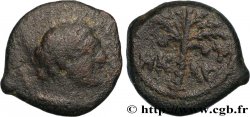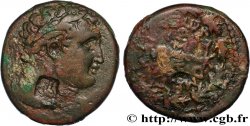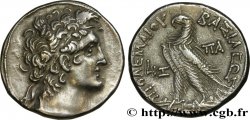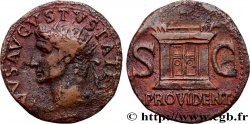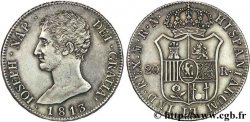Live auction - bgr_520067 - PHOENICIA - TYRE Tétradrachme ou shekel
You must signin and be an approved bidder to bid, LOGIN TO BID. Accounts are subject to approval and the approval process takes place within 48 hours. Do not wait until the day a sale closes to register. Clicking on "BID" constitutes acceptance of the terms of use of cgb.fr private live auctions.
Bids must be placed in whole Euro amounts only. The sale will start closing at the time stated on the item description; any bids received at the site after the closing time will not be executed. Transmission times may vary and bids could be rejected if you wait until the last second. For further information check the Live auction FAQ
All winning bids are subject to a 18% buyer’s fee.
All winning bids are subject to a 18% buyer’s fee.
| Estimate : | 950 € |
| Price : | 862 € |
| Maximum bid : | 905 € |
| End of the sale : | 05 March 2019 14:29:49 |
| bidders : | 2 bidders |
Type : Tétradrachme ou shekel
Date: an 19
Mint name / Town : Tyr, Phénicie
Metal : silver
Diameter : 27,5 mm
Orientation dies : 12 h.
Weight : 13,78 g.
Rarity : R1
Coments on the condition:
Exemplaire sur un flan bien centré, court sur la légende de revers. Très belle tête de Melqart. Beau revers de haut relief, finement détaillé. Belle patine de médaillier avec des reflets dorés
Catalogue references :
Obverse
Obverse legend : ANÉPIGRAPHE.
Obverse description : Buste de Melqart (Héraklès) laurée à droite avec la léonté nouée autour du cou.
Reverse
Reverse description : Aigle debout à gauche, les serres sur une proue de navire, une palme sur l’aile ; dans le champ à gauche, une massue.
Reverse legend : TUROU IERIAS - KAI ASULOU/ QI/ (HAR)
Reverse translation : (de Tyr sainte et sacrée ).
Commentary
Sur cet exemplaire, on devine très bien le grènetis qui s’interrompt pour laisser la léonté qui semble le continuer.
On this example, we can clearly see the graining which stops to leave the leontia which seems to continue it.
On this example, we can clearly see the graining which stops to leave the leontia which seems to continue it.







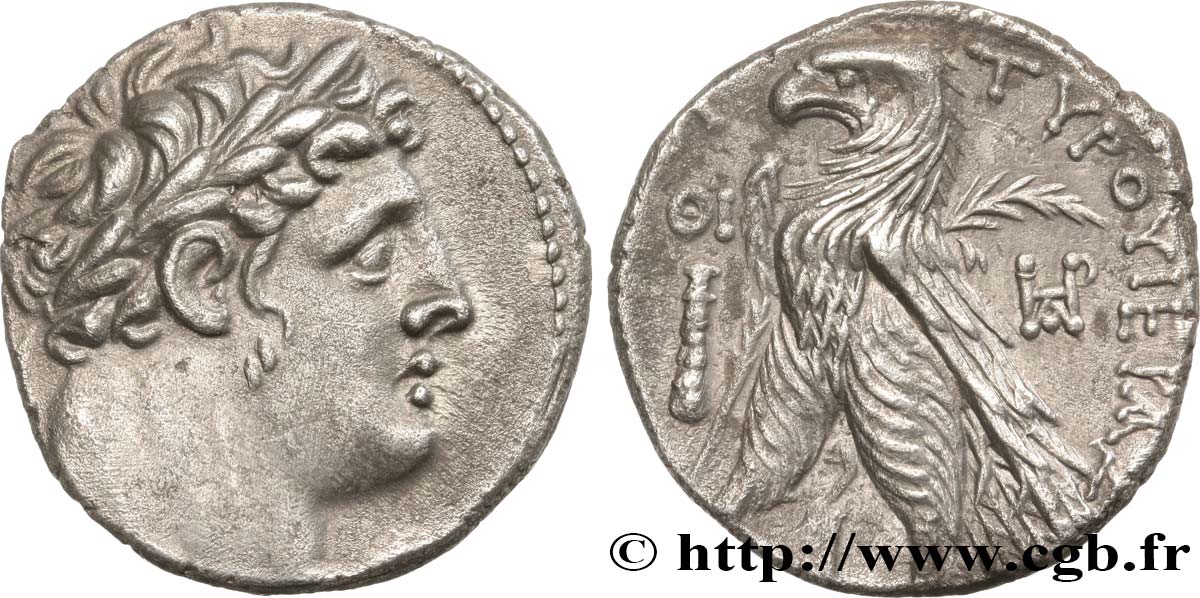
 Report a mistake
Report a mistake Print the page
Print the page Share my selection
Share my selection Ask a question
Ask a question Consign / sell
Consign / sell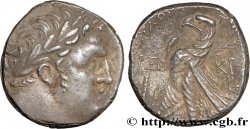
 Full data
Full data